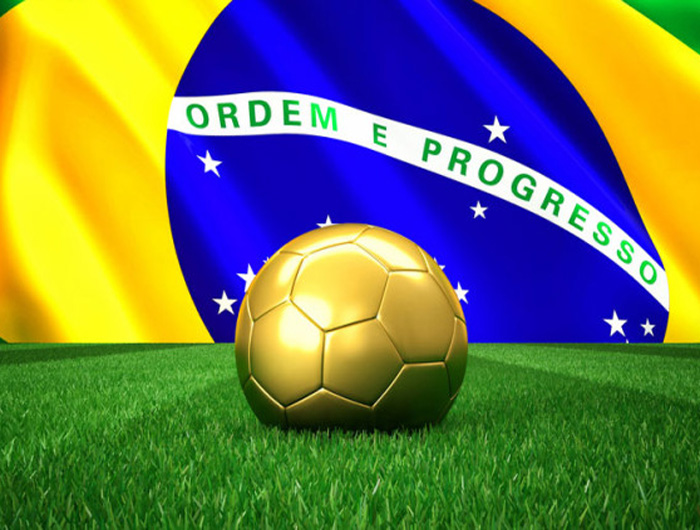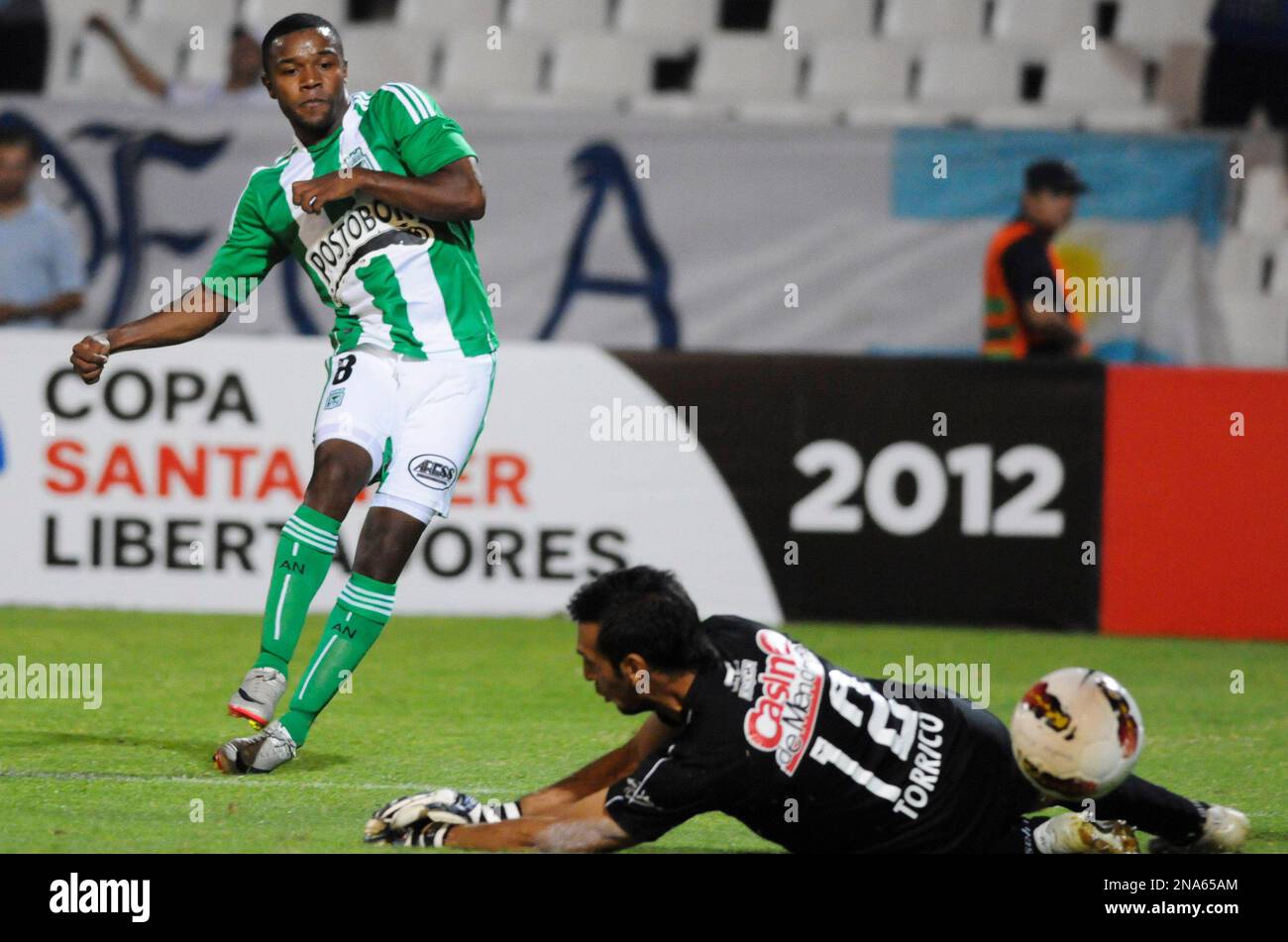

artilharia paulista 2023
Artillery in São Paulo: A Look into the Future
Por um escritor misterioso
Atualizada- novembro. 21, 2024
Explore the future of artillery in São Paulo as we delve into advancements, strategies, and potential developments in this field for the year 2023.

The year 2023 is poised to bring several exciting advancements and changes in the field of artillery in São Paulo. As technology evolves and new strategies emerge, the art of warfare continues to transform. In this article, we will explore what lies ahead for artillery in São Paulo and how these developments may impact military operations.
One of the key areas set to make significant strides in the coming years is autonomous artillery systems. These advanced systems have the potential to revolutionize artillery operations by reducing human intervention and enhancing accuracy. With advancements in artificial intelligence (AI) and robotics, autonomous artillery can operate independently, adapt to changing environments, and make precise calculations to deliver effective firepower.
In addition to autonomy, another trend that is expected to shape artillery in São Paulo is long-range precision strikes. The ability to launch accurate projectiles from a safe distance can provide a strategic advantage on the battlefield. New technologies such as guided munitions, improved targeting systems, and advanced sensors enable artillery units to hit targets with greater accuracy and minimize collateral damage. This precision allows for more effective engagement while minimizing risks to friendly forces.
Furthermore, advancements in communication and data sharing are set to enhance coordination between different artillery units. Real-time information exchange can help synchronize attacks, improve target acquisition, and facilitate rapid response capabilities. Integrated command and control systems enable seamless integration across various platforms and facilitate efficient decision-making processes.
As technology continues to evolve, it also brings about new challenges that need to be addressed by artillery units in São Paulo. One such challenge is cyber warfare. As digital networks become increasingly interconnected, there is a growing risk of cybersecurity threats compromising critical systems. This necessitates robust cybersecurity measures to ensure the integrity and reliability of artillery systems.
Additionally, the urban environment poses unique challenges for artillery units. The presence of civilian populations and infrastructure requires careful consideration to minimize collateral damage and civilian casualties. Developing technologies that can effectively navigate and engage targets in urban areas while minimizing risks to non-combatants will be crucial for artillery operations in São Paulo.
Looking ahead, it is essential for artillery units in São Paulo to adapt and evolve to meet the changing demands of modern warfare. Training programs need to incorporate new technologies and tactics to ensure soldiers are equipped with the necessary skills to operate advanced artillery systems. Emphasizing joint training exercises with other military branches can also enhance interoperability and coordination during joint operations.
In conclusion, the future of artillery in São Paulo for the year 2023 holds exciting possibilities. Advancements in autonomous systems, long-range precision strikes, communication technology, and data sharing are set to revolutionize artillery operations. However, these advancements also bring about new challenges such as cyber threats and effective engagement in urban environments. By embracing these emerging trends and addressing challenges, artillery units in São Paulo can stay ahead in the ever-evolving landscape of modern warfare.




FC Barcelona v Real Madrid in the Spanish Super Cup Final
The year 2023 is poised to bring several exciting advancements and changes in the field of artillery in São Paulo. As technology evolves and new strategies emerge, the art of warfare continues to transform. In this article, we will explore what lies ahead for artillery in São Paulo and how these developments may impact military operations.
One of the key areas set to make significant strides in the coming years is autonomous artillery systems. These advanced systems have the potential to revolutionize artillery operations by reducing human intervention and enhancing accuracy. With advancements in artificial intelligence (AI) and robotics, autonomous artillery can operate independently, adapt to changing environments, and make precise calculations to deliver effective firepower.
In addition to autonomy, another trend that is expected to shape artillery in São Paulo is long-range precision strikes. The ability to launch accurate projectiles from a safe distance can provide a strategic advantage on the battlefield. New technologies such as guided munitions, improved targeting systems, and advanced sensors enable artillery units to hit targets with greater accuracy and minimize collateral damage. This precision allows for more effective engagement while minimizing risks to friendly forces.
Furthermore, advancements in communication and data sharing are set to enhance coordination between different artillery units. Real-time information exchange can help synchronize attacks, improve target acquisition, and facilitate rapid response capabilities. Integrated command and control systems enable seamless integration across various platforms and facilitate efficient decision-making processes.
As technology continues to evolve, it also brings about new challenges that need to be addressed by artillery units in São Paulo. One such challenge is cyber warfare. As digital networks become increasingly interconnected, there is a growing risk of cybersecurity threats compromising critical systems. This necessitates robust cybersecurity measures to ensure the integrity and reliability of artillery systems.
Additionally, the urban environment poses unique challenges for artillery units. The presence of civilian populations and infrastructure requires careful consideration to minimize collateral damage and civilian casualties. Developing technologies that can effectively navigate and engage targets in urban areas while minimizing risks to non-combatants will be crucial for artillery operations in São Paulo.
Looking ahead, it is essential for artillery units in São Paulo to adapt and evolve to meet the changing demands of modern warfare. Training programs need to incorporate new technologies and tactics to ensure soldiers are equipped with the necessary skills to operate advanced artillery systems. Emphasizing joint training exercises with other military branches can also enhance interoperability and coordination during joint operations.
In conclusion, the future of artillery in São Paulo for the year 2023 holds exciting possibilities. Advancements in autonomous systems, long-range precision strikes, communication technology, and data sharing are set to revolutionize artillery operations. However, these advancements also bring about new challenges such as cyber threats and effective engagement in urban environments. By embracing these emerging trends and addressing challenges, artillery units in São Paulo can stay ahead in the ever-evolving landscape of modern warfare.

Vasco x Grêmio: onde acompanhar ao vivo, horário e escalações

Estadísticas Talleres vs. Vélez



